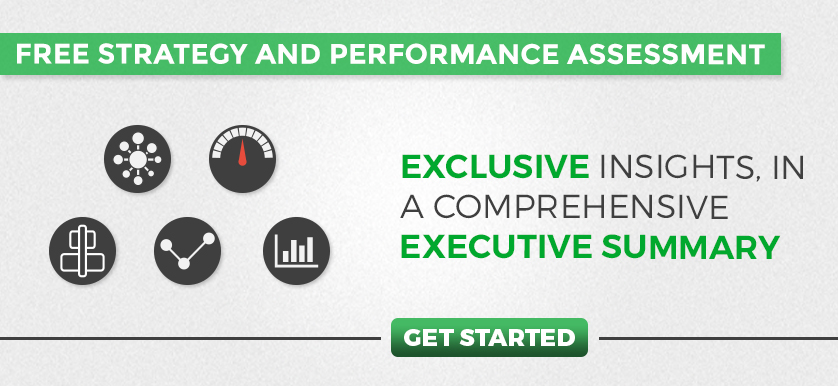How data analysis helps in decision-making

Source: geralt | pixabay.com
High quality data can play a huge role in increasing efficiency and improving performance and can help managers in the decision-making process. Sometimes, it is acceptable to make decisions based on instincts and gut-feelings, but the majority of them should be backed up by numbers and facts.
Data-driven decision-making is a process of collecting measurable data, based on organizational goals, extracting, and formatting data, analyzing the insights extracted from it, and using them to develop new initiatives. Nowadays, advanced software is available to help with data gathering, processing, reporting, and visualizing, to support managers.
The main steps of the decision-making process
The first step to build a well-functioning, data-driven decision-making process is to clearly define organizational goals, and to identify the questions to which the answers we find can help reach these goals. For example, if our company’s revenue goal is to increase its portion of the market share by 20% until the end of the year, a good question would be: what are the most important factors which have influence on market share?
The next step is to identify data sources and to find custodians. The source of the data highly depends on its type. There are qualitative data, which cannot be expressed by numbers, and quantitative data, which can be measured by numbers. We can collect data from primary and secondary sources. Primary sources can be observations, interviews and surveys, whilst secondary data can be collected from external documents, third-party surveys and reports.
The third main step is to clean the gathered data. During the data cleaning process, raw data is prepared for analysis by correcting incorrect, irrelevant or incomplete data. There are six data quality dimensions which should be kept in mind, during this process: Accuracy (indicates the extent to which data reflects the real world object), Completeness (refers to whether all available data is present), Consistency (refers to providing the same data, for the same object, even if this data appears in different reports), Conformity (consists in ensuring that data follows a standard format, such as YYYY/MM/DD), Timeliness (indicates whether the data was submitted in due time, respecting the data gathering deadline) and Uniqueness (points out that there should be no data duplicates reported).
Only now, the data analysis process can start. Statistical models should be used to test data and find answers to the business questions identified beforehand. Descriptive statistics can help to quantitatively describe and summarize features of data and to describe, show or summarize data in a meaningful way. For example, monthly sales or changes in employee competency levels can easily be presented in a visual manner.
Interferential statistics can help find correlations between different variables and predict future outcomes. For example, by using regression analysis, we can make a prediction on how growth, experienced in the employee competency level, can positively affect the sales volume.
Even if the data gathered is cleaned and correct, and the data analysis process has respected all the recommendations above, if the data is not presented in a meaningful way, it will not be of much use. Well-presented information and the outcomes of the analysis can help in interpreting data, thus supporting the decision-making process. From time to time, data should be updated and re-evaluated, to make the best decisions in today’s continuously changing business environment.
Conclusions
The advanced analysis techniques and software, which are available nowadays for the majority of organizations, make it possible to build up a data-driven decision-making culture, which leads to more prudent business decisions. These tools generate more thoughtful decisions that help performance improvement, which ultimately lead to organizational growth.
Find out more about the dat sources in our Certified Data Analysis course.

Tags: Data analysis, Decision making, performance improvement





